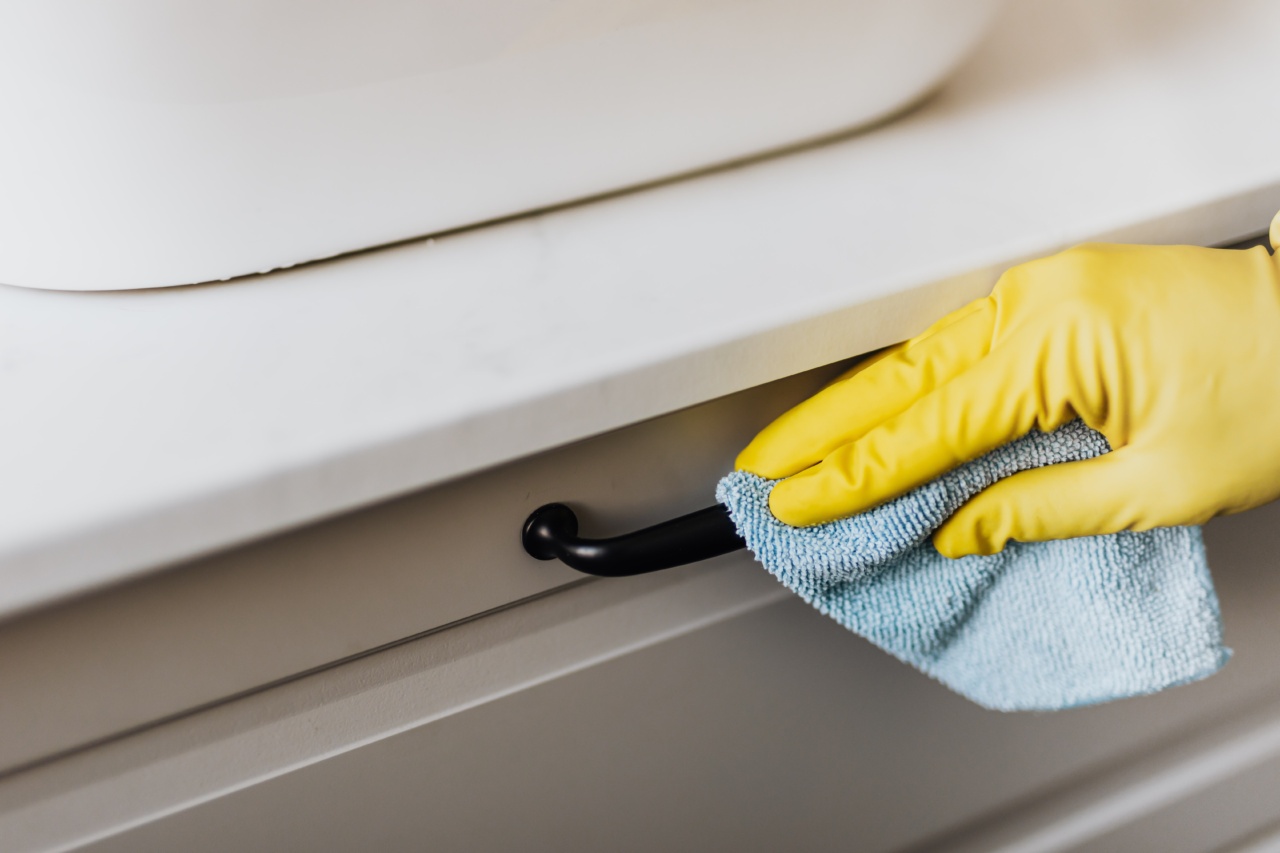Antibiotic resistance is an emerging global health crisis that poses a significant threat to both human and animal health. The overuse and misuse of antibiotics have been identified as major factors contributing to this problem.
However, recent research suggests that house cleanliness and hygiene practices may also play a crucial role in the development and spread of antibiotic-resistant bacteria.
The Link Between House Cleanliness and Antibiotic Resistance
Antibiotic resistance occurs when bacteria evolve and develop mechanisms to withstand the effects of antibiotics. These resistant bacteria can then multiply and spread, making it difficult to treat infections effectively.
While the majority of research has focused on healthcare settings and agriculture as major contributors to antibiotic resistance, studies are now indicating that our own homes may also harbor resistant bacteria.
Poor Hygiene and Bacterial Contamination
Households with poor hygiene practices tend to have higher levels of bacterial contamination. Bacteria can survive on various surfaces and objects commonly found in homes, such as doorknobs, countertops, and kitchen utensils.
This bacterial contamination provides an ideal environment for the spread and persistence of antibiotic-resistant strains.
Antibiotic Use and Disinfectants
Antibiotics are commonly used in households to treat infections, and their overuse or misuse can contribute to the development of antibiotic resistance.
Moreover, the frequent use of disinfectants and antibacterial cleaners in households may also play a role. These products, while effective at eliminating harmful bacteria, can selectively promote the survival and growth of antibiotic-resistant strains.
This is because certain bacteria possess inherent resistance to disinfectants, and their overexposure to these substances can lead to the development of cross-resistance to antibiotics.
The Role of the Human Microbiome
The human microbiome, which refers to the community of microorganisms living within our bodies, also plays a crucial role in antibiotic resistance.
Disruptions to the microbiome caused by factors such as poor diet, stress, and antibiotic use can favor the proliferation of antibiotic-resistant bacteria. This can occur within individuals and, subsequently, within their homes. As household members interact and share spaces, the transmission of antibiotic-resistant strains becomes more likely.
Pets and Antibiotic-Resistant Bacteria
Many households have pets, which can serve as reservoirs of antibiotic-resistant bacteria. Pets are often treated with antibiotics and reside in close proximity to human family members, leading to the potential transfer of antibiotic-resistant strains.
Additionally, the use of antibiotics in livestock, which can also be present in the household environment, further contributes to the spread of resistant bacteria.
Preventing and Minimizing Antibiotic Resistance at Home
Fortunately, there are measures individuals can take to prevent or minimize the development and spread of antibiotic resistance within their homes.
1. Proper Hand Hygiene
Regular handwashing with soap and water is one of the most effective ways to prevent the transmission of bacteria, including antibiotic-resistant strains.
Hands should be washed for at least 20 seconds, especially before handling food, after using the restroom, and after sneezing or blowing the nose.
2. Disinfection and Cleaning Practices
Using appropriate disinfectants and cleaners can help eliminate bacteria from household surfaces. However, it is important to follow instructions carefully and avoid overuse, as this can contribute to the development of resistance.
Additionally, regular cleaning of commonly shared items such as kitchen sponges and towels is recommended.
3. Proper Food Handling and Storage
Cross-contamination of bacteria can occur during food preparation and storage. It is important to separate raw meats from other food items and to cook food thoroughly to kill bacteria.
Proper storage of leftovers and regular cleaning of the refrigerator can also minimize bacterial growth.
4. Responsible Antibiotic Use
It is crucial to use antibiotics responsibly and only when necessary. Antibiotics should not be shared with others or used to treat viral infections, as this contributes to antibiotic resistance.
Completing the full course of prescribed antibiotics, even if symptoms improve, is essential in preventing the survival of antibiotic-resistant bacteria.
5. Pet Hygiene
Pet owners should follow proper hygiene practices when handling animals, their waste, and their living environments.
Regular veterinary check-ups and responsible use of antibiotics for pets are also important in minimizing the transmission and development of antibiotic-resistant bacteria.
Conclusion
House cleanliness and hygiene practices play a significant role in the development and spread of antibiotic-resistant bacteria.
Poor hygiene, overuse of antibiotics, and the use of disinfectants can contribute to the survival and proliferation of antibiotic-resistant strains. By adopting proper hand hygiene practices, responsible antibiotic use, and maintaining cleanliness in our homes, we can minimize the risk of antibiotic resistance and safeguard the health of both ourselves and our communities.





























